It’s hard to believe that it’s almost time to be celebrating the start of 2017, which, in these parts, means it’s also time for the Quintessential Guide to Champagne 2016 edition. Champagne is a wonderful way to celebrate throughout the year but of course there is no more traditional time to indulge than on New Year’s Eve. If you’ve ever wondered the how and why of champagne, read on and if you’ve visited this discussion in the past, you can hop to the end for some drinking suggestions with several new additions for this year. While perhaps no one drank champagne more stylishly than Nick and Nora,
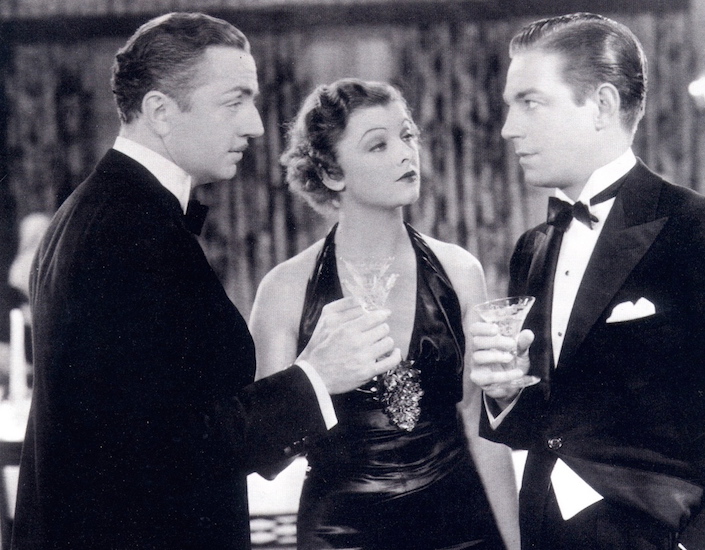
certainly no one had more fun that Dali and Bardot
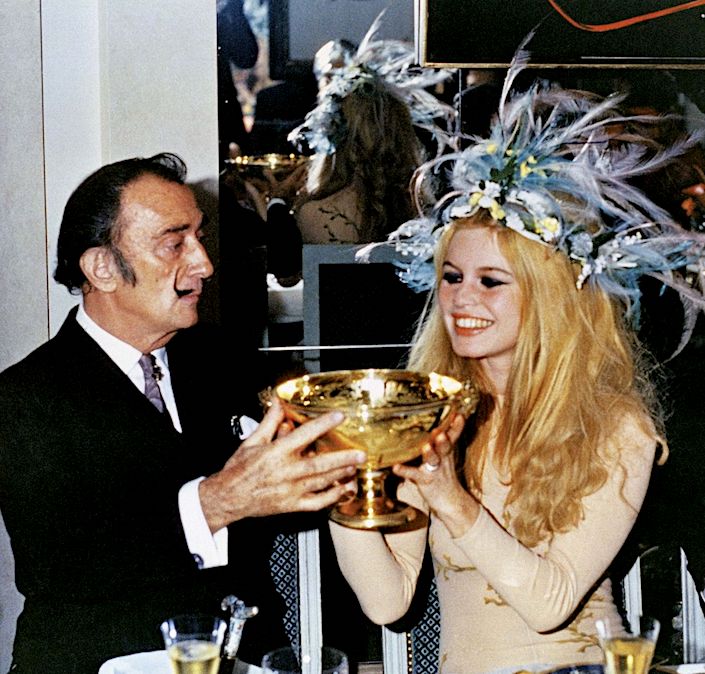 As you may know, in order to be called Champagne the wine must be produced within the boundaries of the Champagne Region in France. This Region was delineated many generations ago and must be adhered to with strict regulations. Therefore, when you look at the prices of Champagne and wonder why they are so high, you must realize all the many factors that go into the making of that final bottle.
As you may know, in order to be called Champagne the wine must be produced within the boundaries of the Champagne Region in France. This Region was delineated many generations ago and must be adhered to with strict regulations. Therefore, when you look at the prices of Champagne and wonder why they are so high, you must realize all the many factors that go into the making of that final bottle.
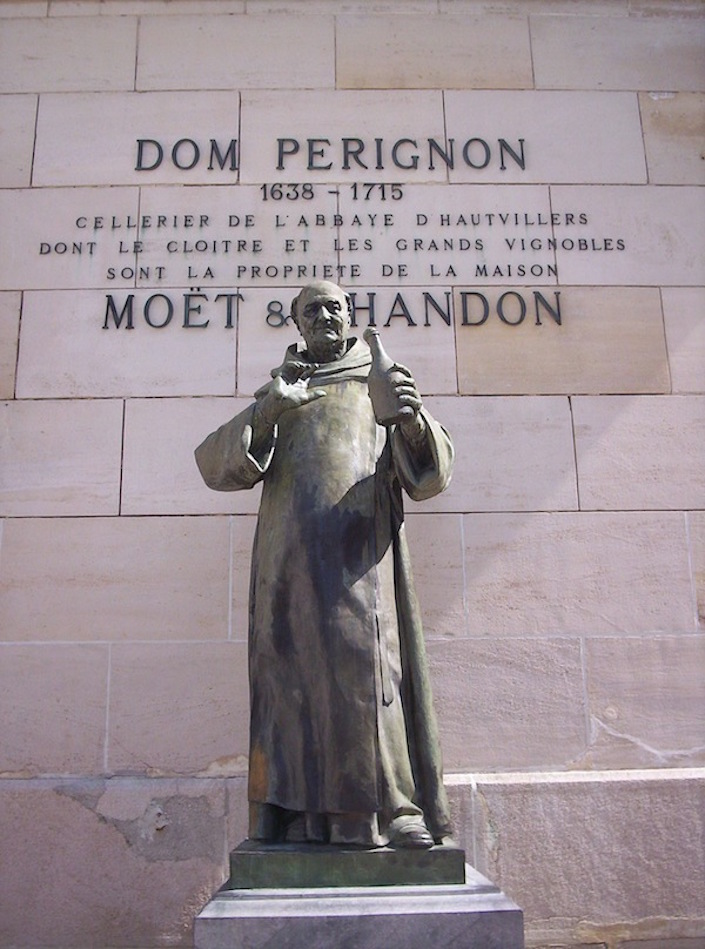
The history of champagne goes back about 300 years thanks to that famous monk above, who discovered by accident the wonders of extra wine fermentation producing those lovely bubbles. The key process in producing Champagne is that SECOND fermentation which occurs in a sealed bottle. The entire process is described below.
SELECTING THE CUVÉE (La Cuvée)
The cuvée is the base wine selected to make the Champagne. The most expensive Champagnes are made from cuvées from selected vineyards in the Champagne region, which can be a pure grape variety, such as Chardonnay or Pinot Noir, or a mixture of several grape varieties. If a Champagne is made exclusively from Chardonnay, it is called “blanc de blanc,” white wine from white grapes. Most Champagne is made from mixed cuvées.
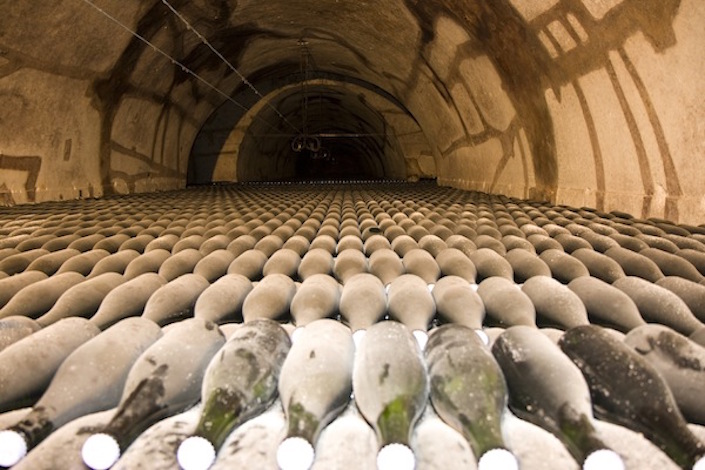
THE TIRAGE
After the cuvée is selected, it is bottled with a sugar and yeast mixture and capped. The resulting mixture – the tirage – is placed in a cool cellar (55-60°F), and allowed to slowly ferment. As the yeast consumes the sugar, it produces the carbon dioxide which creates the characteristic sparkle of Champagne. The yeast cells die but the champagne remains in the cellar to age and develop a more layered flavor. Non vintage champagne must be aged for at least 15 months and vintage for a minimum of three years before disgorgement (see below).
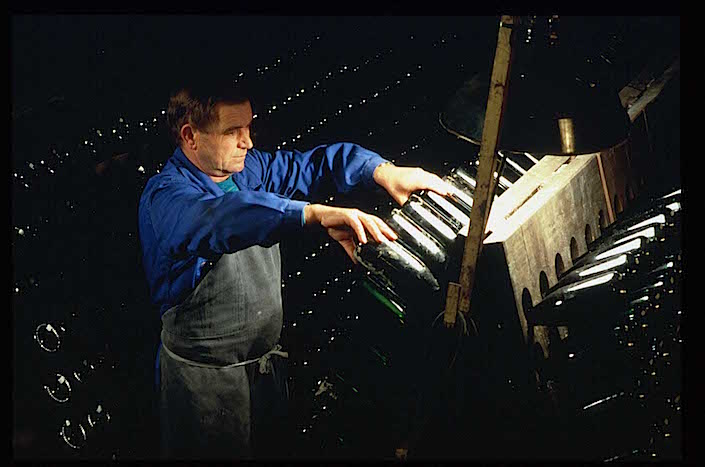
RIDDLING (Le Remuage)
After the aging process is complete, the dead yeast cells are removed through a process known as riddling. The Champagne bottle is placed upside down in a holder at a 75° angle. Each day the riddler comes through the cellar and turns the bottle 1/8th of a turn while keeping it upside down. This procedure forces the dead yeast cells into the neck of the bottle. A riddler, shown above, typically handles 20,000 to 30,000 bottles per day. While some premier houses still complete the process by hand, many have moved to an automated machine process.
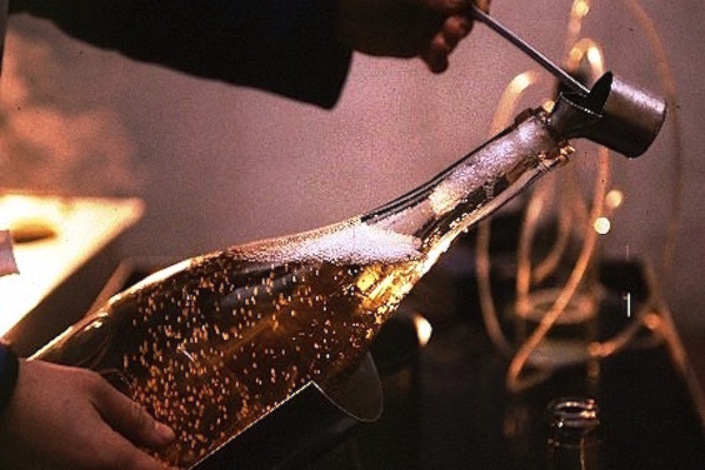
DISGORGING
The Champagne bottle is kept upside down while the neck is frozen in an ice-salt bath, forming a frozen plug containing the dead yeast cells. The bottle cap is then removed and the pressure of the carbon dioxide gas in the bottle forces the plug out leaving behind clear Champagne. At this point the DOSAGE, a mixture of white wine, brandy, and sugar, is added to adjust the sweetness level of the wine ranging from very dry (ultra brut) to very sweet (doux), with brut being the most common. The bottle is then corked and the cork wired down to secure the high internal pressure of the carbon dioxide.
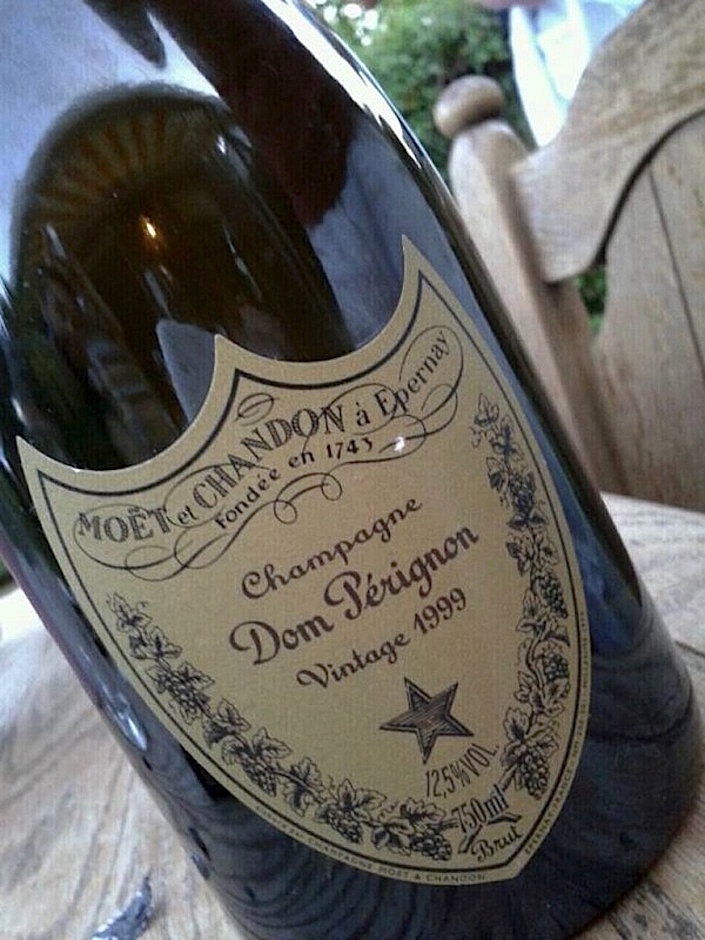
Many Champagne houses produce ”luxury cuvées,” their best and most expensive wines. Dom Pérignon is the luxury cuvée of Möet & Chandon; Cristal is the pride of Roederer. Bollinger produces R.D. or “recently disgorged” wines. For example, you can purchase a 1982 Bollinger R.D. that was disgorged in April 1991, nine years after being placed in the bottle.
This year I asked well respected wine critic Antonio Galloni of Vinous to make some suggestions. For vintage champagnes this year, he picked
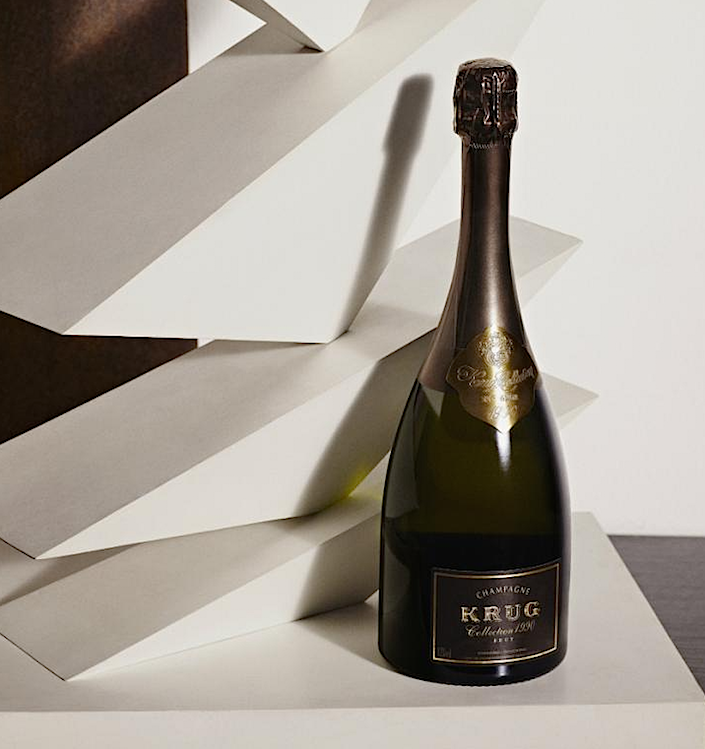
2007 Louis Roederer Cristal
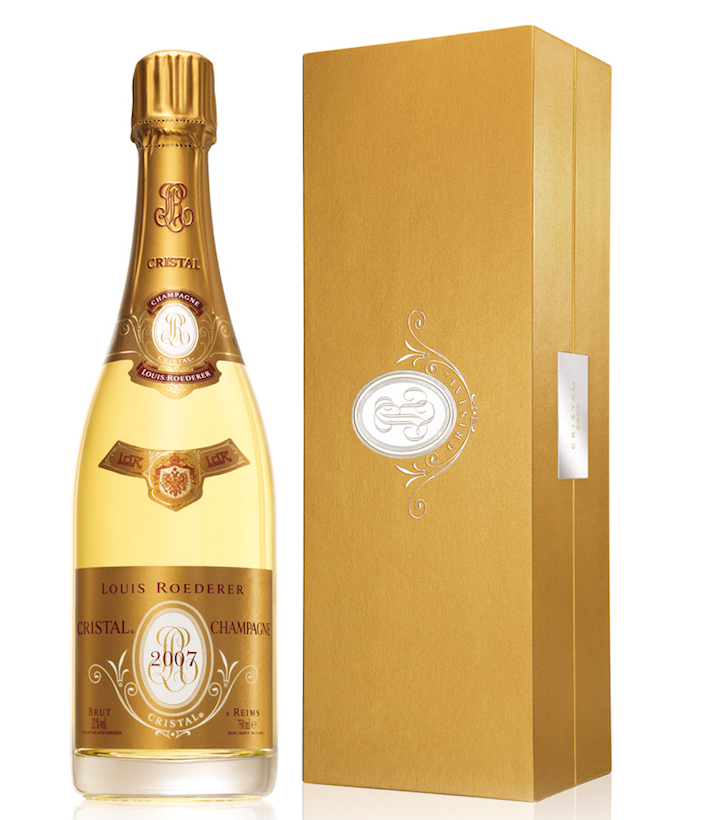
Taittinger’s 2006 Comtes de Champagne
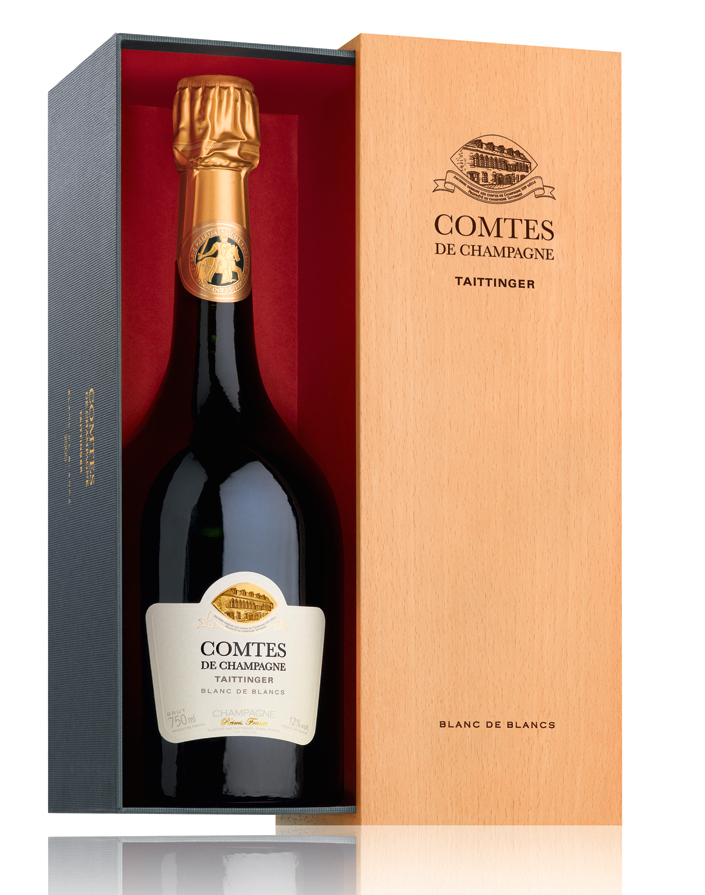
For vintage rosé, Antonio selected the elegant 2006 Deutz Brut Rosé Amour de Deutz
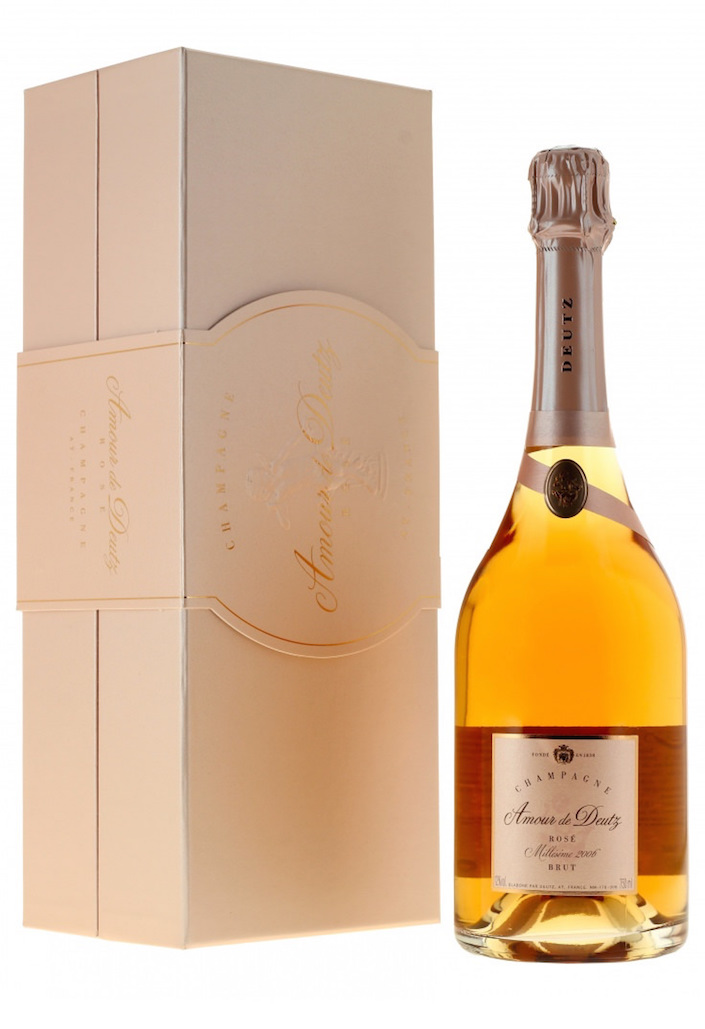
and the 2005 Dom Pérignon Rosé.
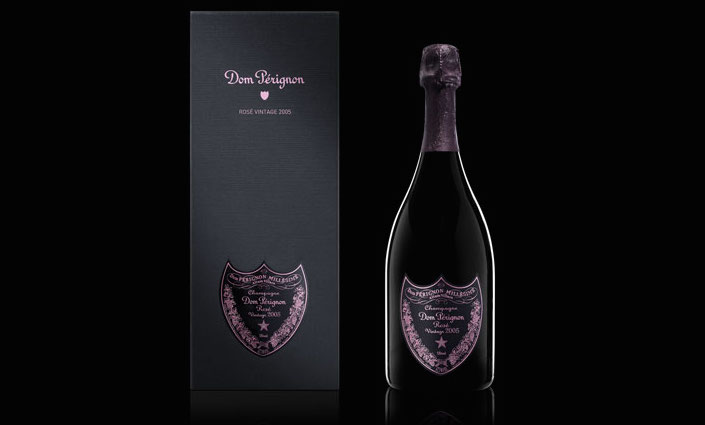
Grower champagnes, those that come directly from families who own their own vineyards, are a fast growing category. The champagnes from the big houses above are carefully crafted productions culled from grapes of hundreds of different vineyards. Grower champagnes focus on a single terroir offering the character of that particular place. Antonio’s choices for this category this year are, for vintage:
2012 Cédric Bouchard – Roses de Jeanne Blanc de Blancs La Bolorée
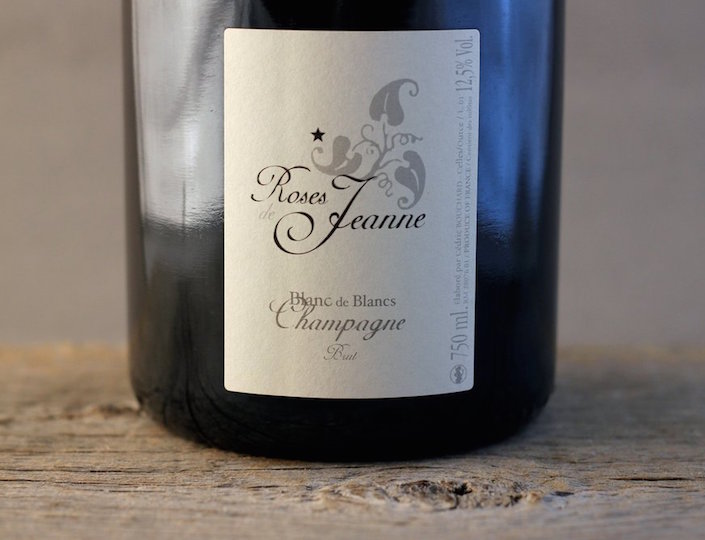
2010 Francis Boulard Brut Nature Les Rachais
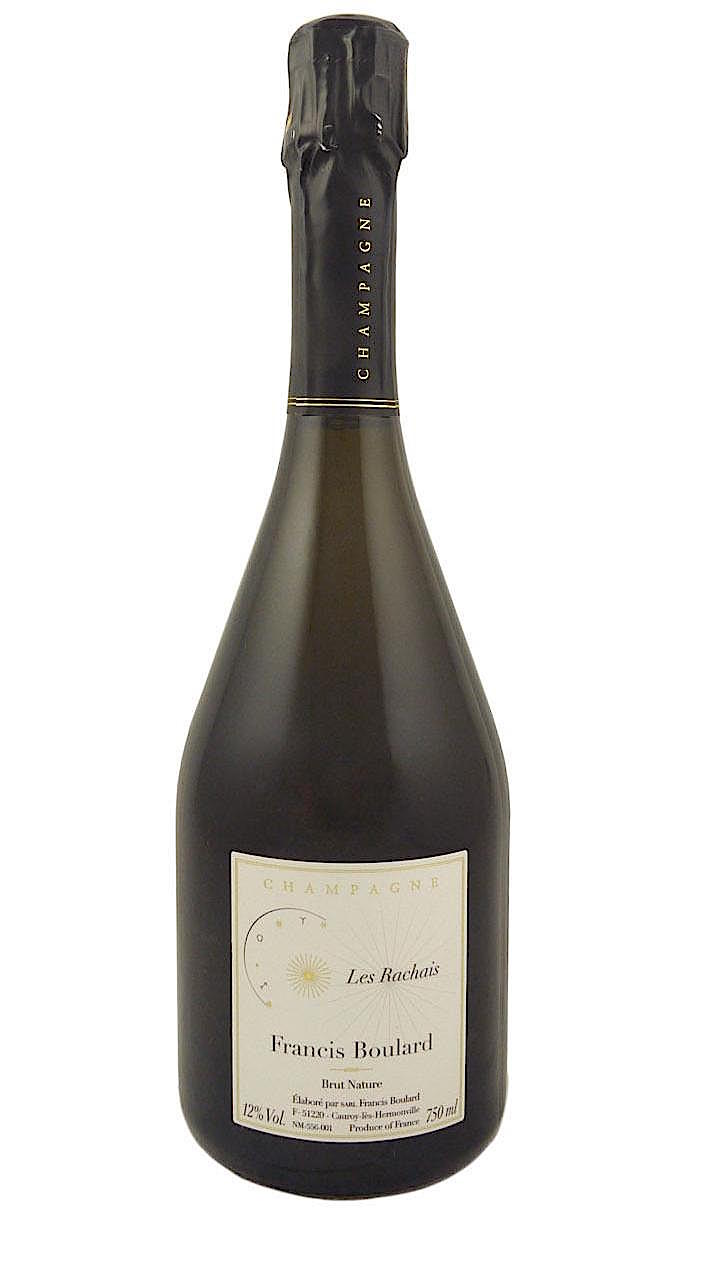
and for non vintage grower champagnes:
Agrapart Extra Brut Blanc de Blancs Terroirs Grand Cru
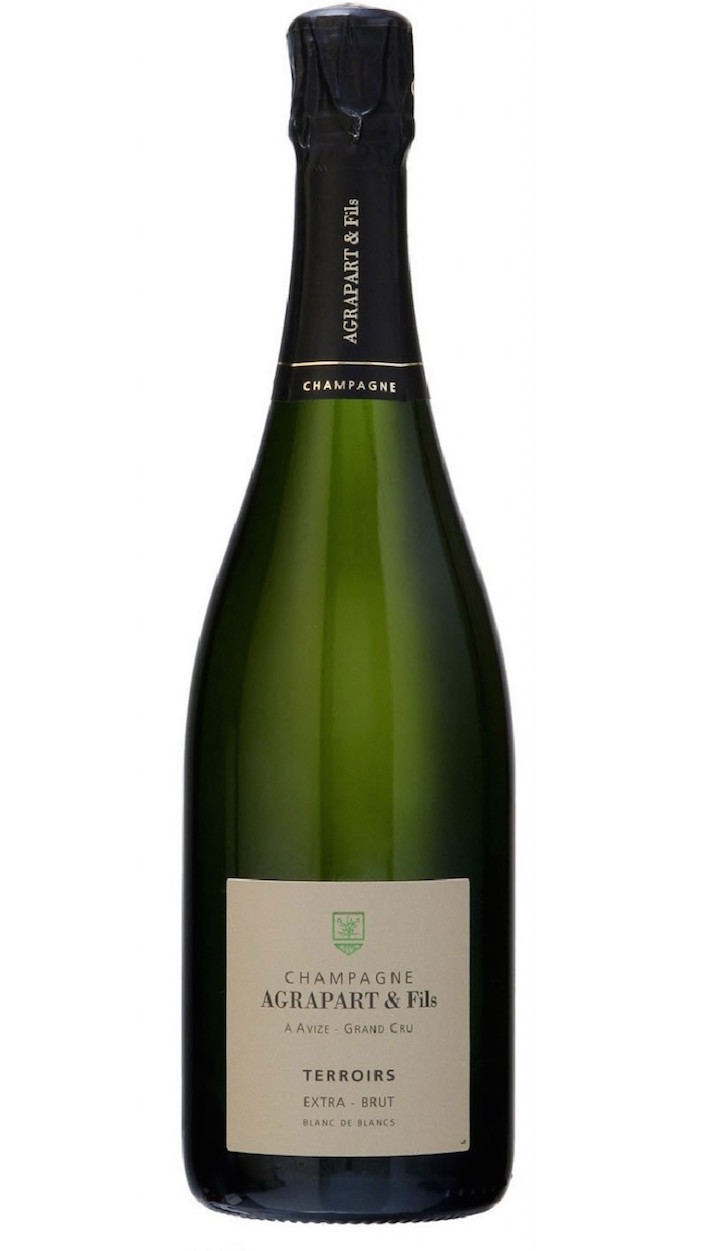
R. H. Coutier Brut Blanc de Blancs Grand Cru
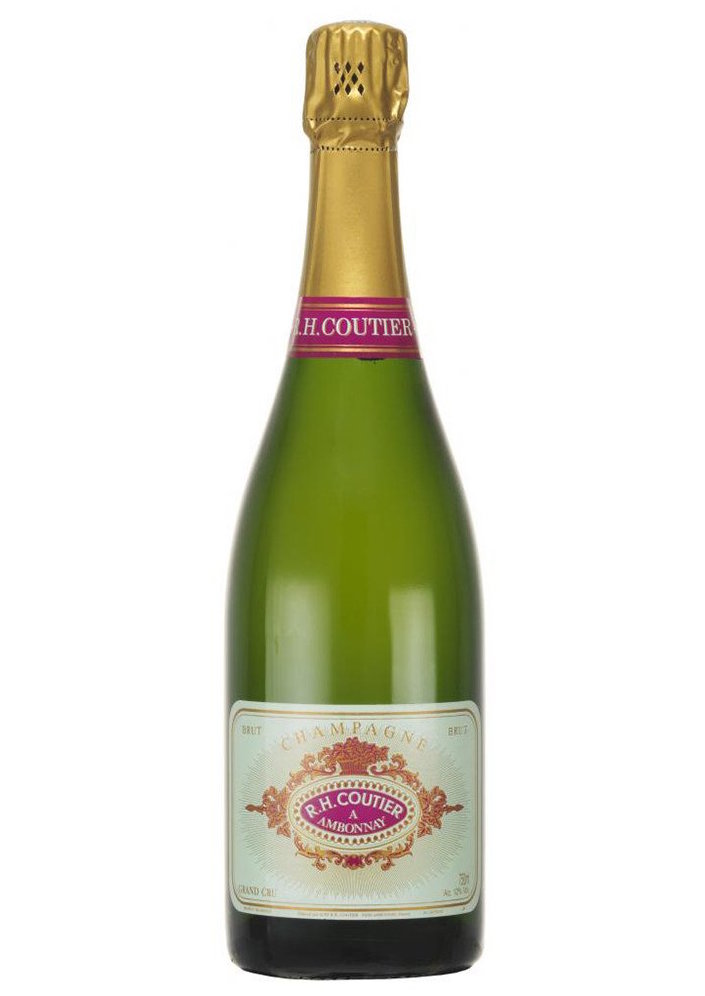
and for rosé, the Vilmart & Cie Brut Rosé Cuvée Rubis, below.
Thank you to Anontio, who, as one of the most trusted and respected wine critics in the world, offers impeccable advice. To learn more about wine and champagne, you can subscribe to his excellent educational online publication, vinous, where Antonio and his team of renowned wine critics and writers offer “in depth coverage of new releases, retrospectives and verticals of older wines, videos with winemakers, interactive maps, restaurant recommendations and more, all published in a continual, daily stream of articles.” It’s one of the most insightful and useful sites for wine lovers around!

I recently attended a Moët & Chandon champagne and caviar tasting at the University Club with my sister. We both liked the recently released 2008 Grand Vintage.
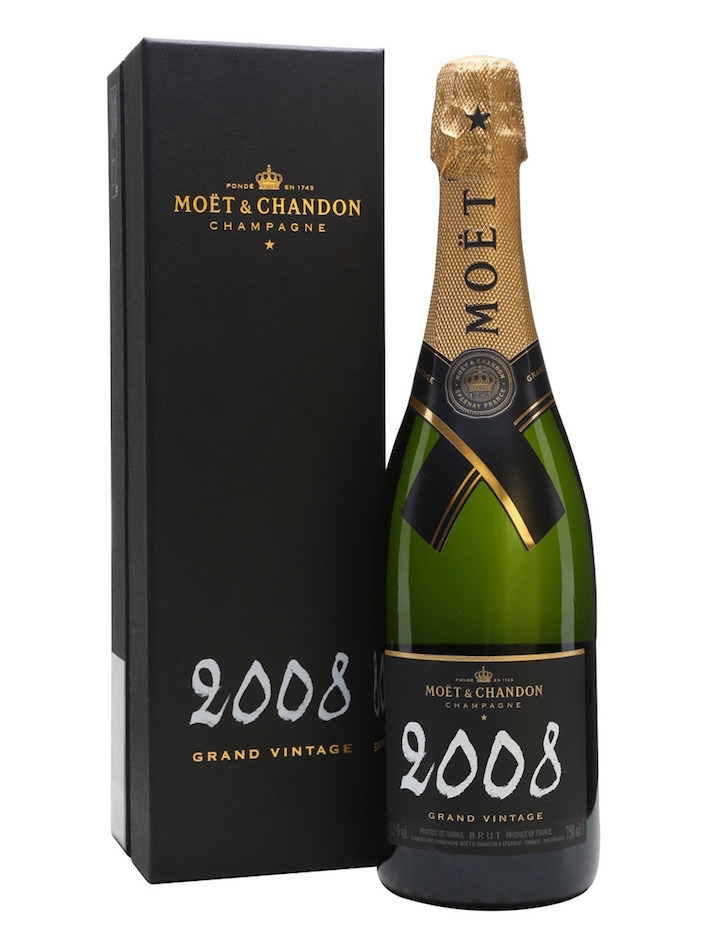
And finally for some readily available classic non vintage champagnes that I count as favorites:
Billecart-Salmon, Brut Reserve NV – this is a very well priced elegant nv brut
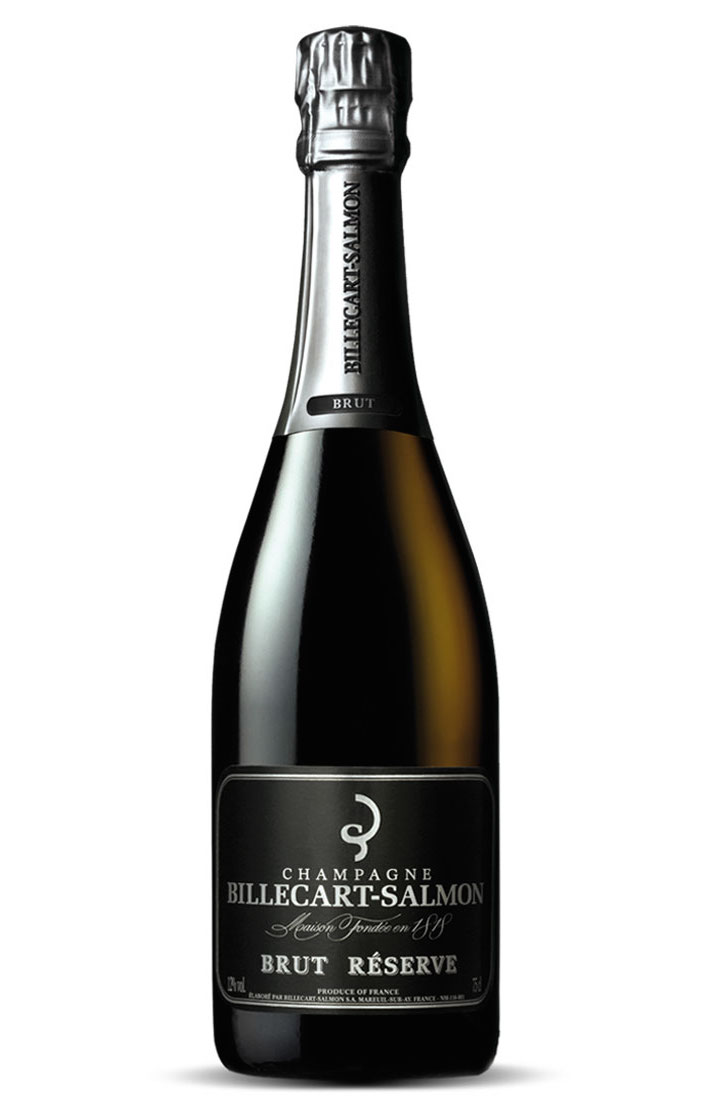
Ruinart blanc de blancs (non vintage), the flagship of their house
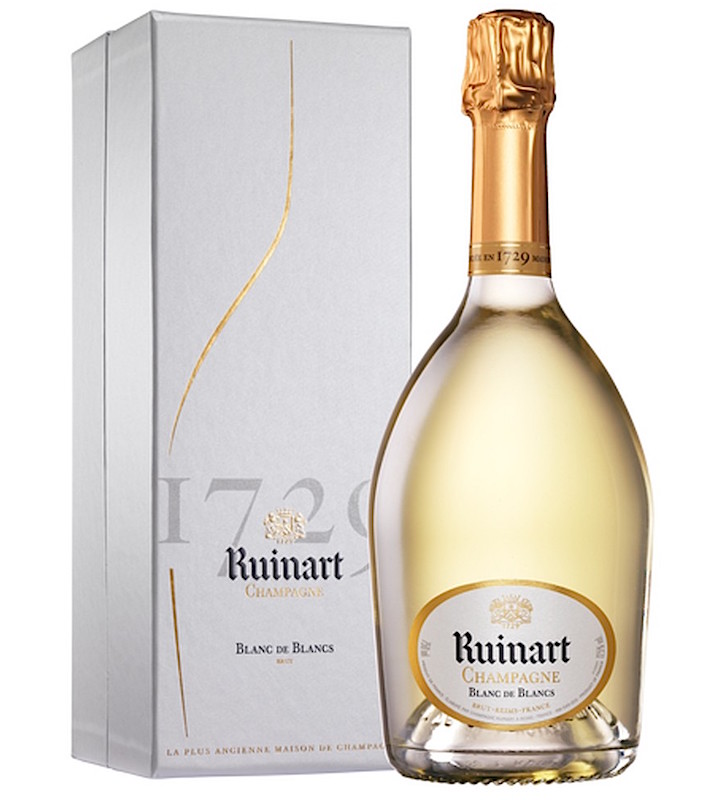
Taittinger Brut non vintage
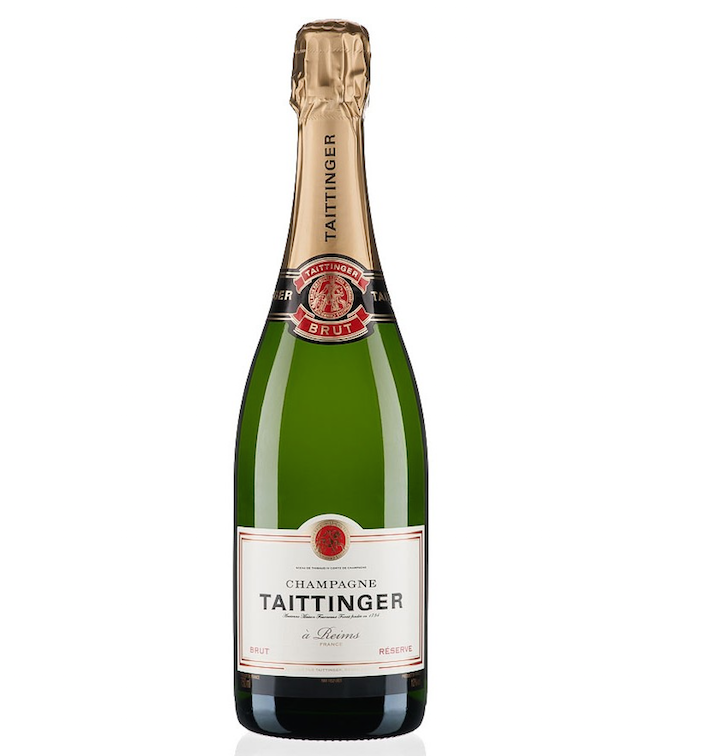
Bollinger Brut Special Cuvée
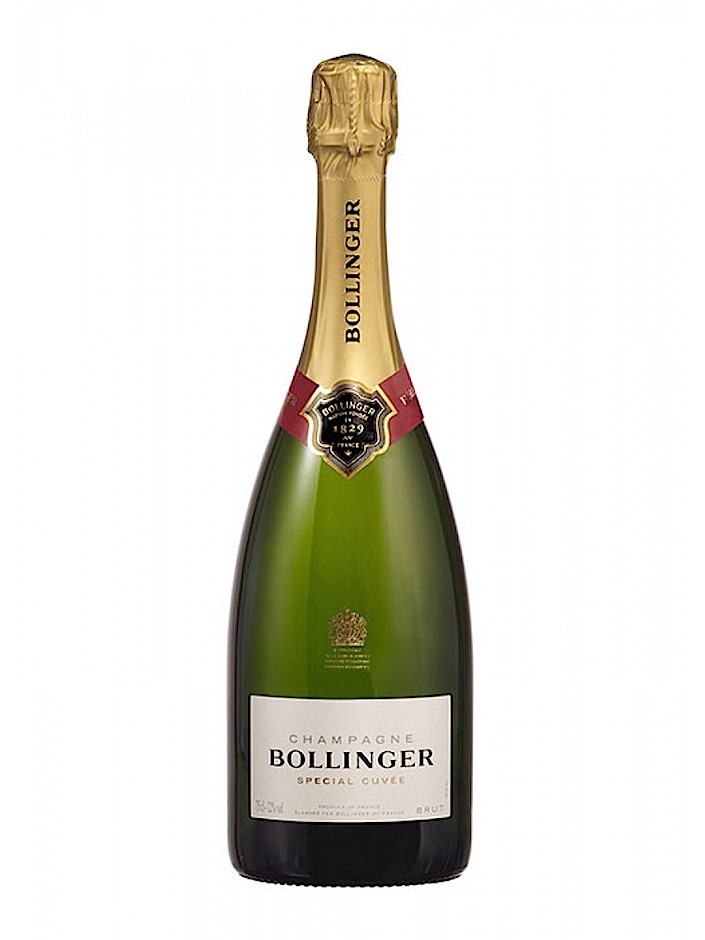
And for a splurge, the Krug Grand Cuvee, a blend of their various vintages.
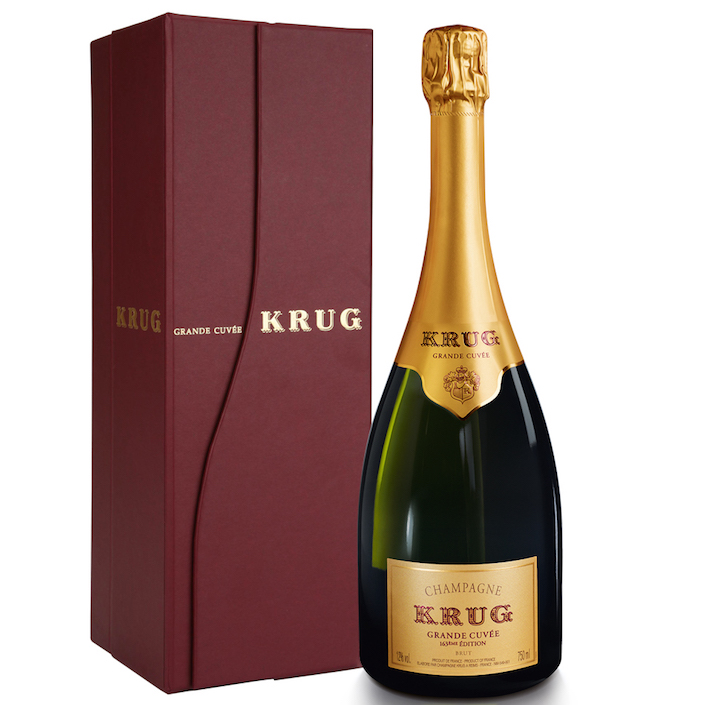
For nv rosés, I would include the Ruinart, Billecart-Salmon, Krug and would also add the Laurent-Perrier.
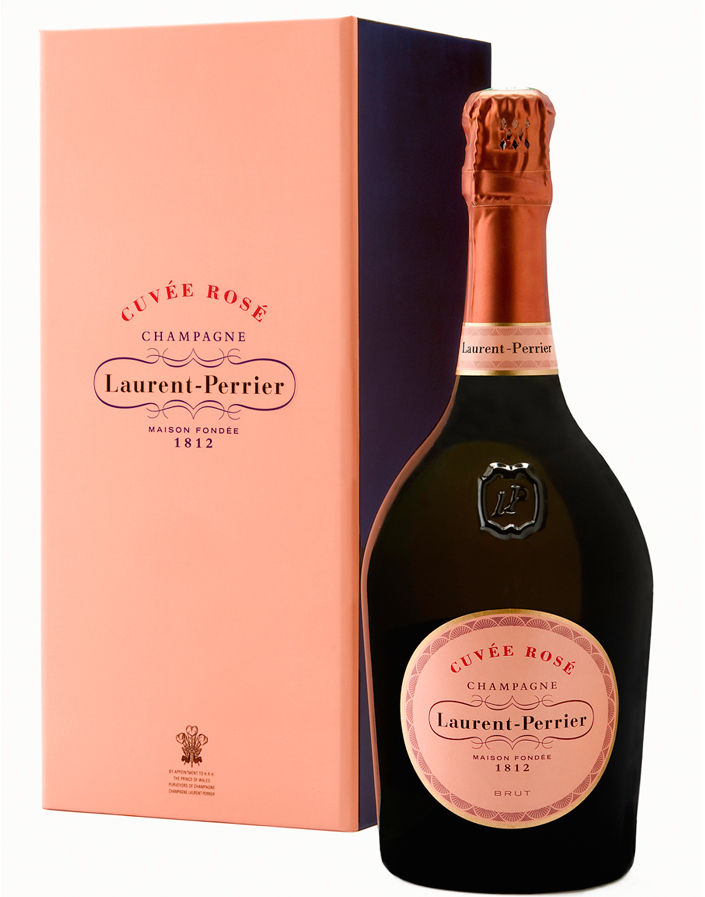
I am posting my guide to champagne 2016 a little earlier this year to allow time for New Year’s Eve bubbly purchases. Cheers to a happy, healthy and optimistic 2017. I’ll be back later in the week for a little new year’s weekend entertainment suggestions.


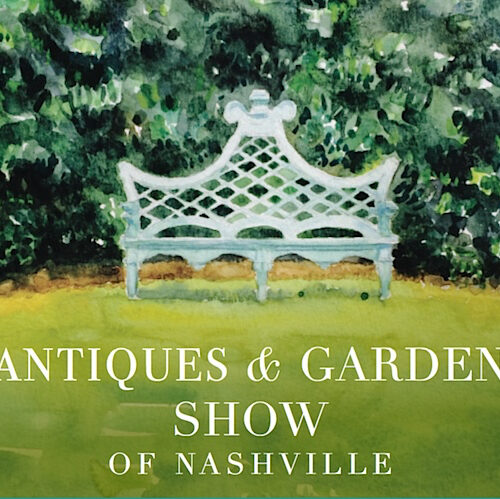

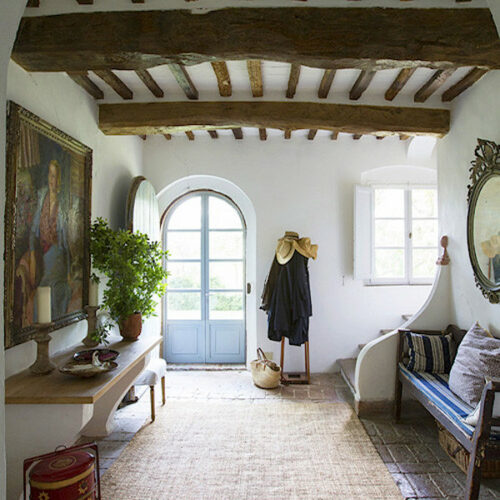
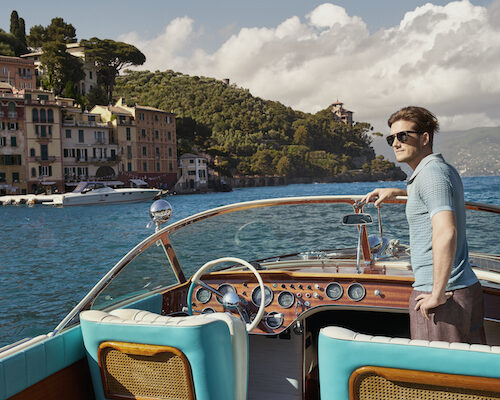

Fascinating Stacey! Thank you for the mouth-watering class in champagne making. I’m ready! Happy New Year!
xx
Essential. Will try something different from the same old.
And…THAT’S how you spell Champagne! franki
Dreaming about the fabulous taste of a good old Champagne!
Hello from Paris Stacey,
I enjoyed reading your guide to champagne and also the one from last year. I am addicted to champagne and Burgundy wines.
When we meet in January, I should remember to introduce you to my favorite champagne: Champagne Arlaux. I found out this morning that it was featured in the NY times just yesterday.
It is not about Brand here, it is just wine and a very special one.
More soon…
http://www.nytimes.com/2016/12/27/dining/arlaux-brut-grande-cuvee-nonvintage.html
Let there be bubbles. Have a Healthy and Happy New Year!
Sigh… I did not want it to end! Had the sensation of floating…. Happy new year! x